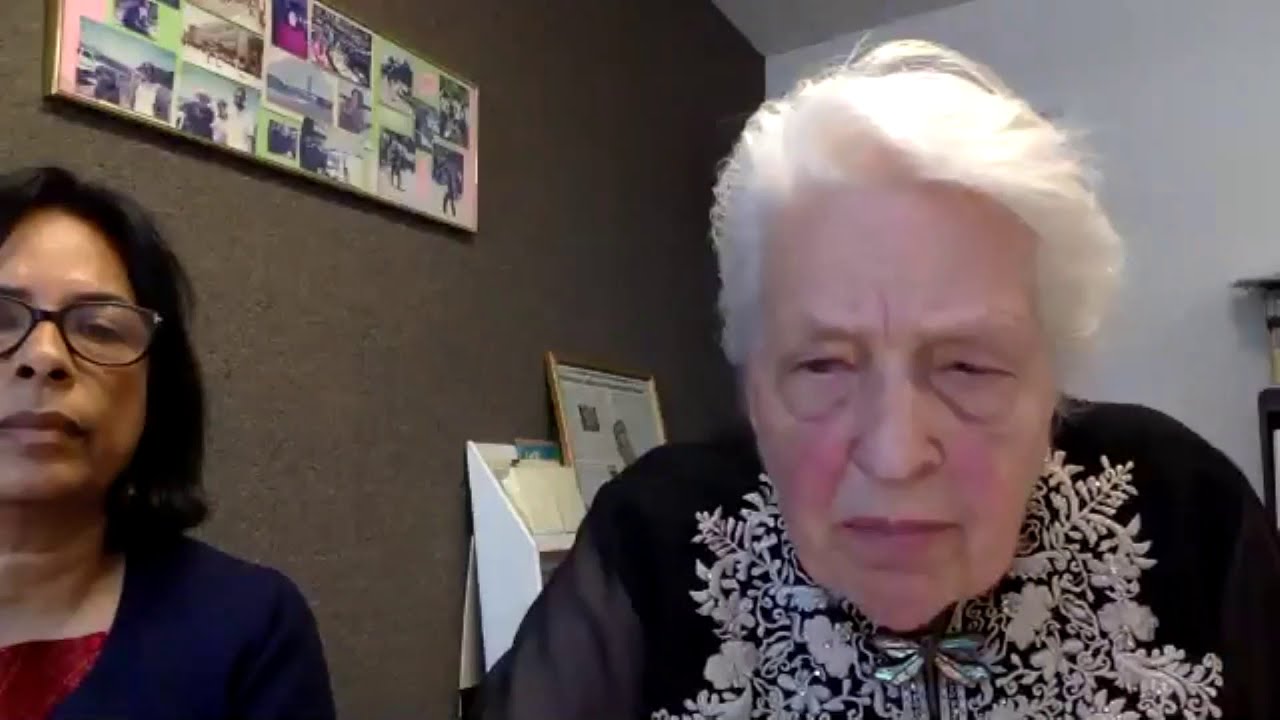Vidya Sethuraman
India Post News Service
Landlords, challenged by a national eviction moratorium and a decrease in their rental income, are working under a growing financial burden. But there is little public information about how this country’s 8 million independent landlords are managing, 77% of whom are small mom-and-pop landlords whose multiplex apartment units provide much of the low-rental housing market. In the Bay Area, small landlords of color are struggling to pay their mortgages with Asian, Latinx, and Black homeowners facing elevated rates of mortgage delinquency. Speakers addressed why struggling landlords need additional policies to alleviate their financial burdens at the EMS conference on March 16.
Around 20% of renter-occupied households, or nearly 10 million households, were behind on rent at the end of January, according to data from the U.S. Census Bureau. Governor Gavin Newsom on Jan. 29, 2021 signed Senate Bill 91 that went into effect immediately to extend California’s Covid-19 Tenant Relief Act enacted last summer to June 30. Reduced rental collections are increasing the financial pressure on mom-and-pop landlords, who are facing increasing pressure to sell their properties.
Mom-and-pop landlords own approximately 77% of small building units, which are often more affordable than single-family rental homes or large apartment complexes. Covid-19 has disproportionately affected Black and Hispanic households, and their greater representation both as tenants and landlords.
John Yen Wong, Founding Chairman, Asian Real Estate Association of America (AREAA) discussed in detail on the mom and pop landlords struggle to stay afloat during the pandemic. With the rental moratorium in place, the landlords are still required to pay for the mortgage, insurance and utilities. They didn’t have any income to pay this off.
This has added burden to the landlords. Wong shed light on the common transformation of individuals from tenants to property owners to income property owners/rental housing providers as his own experience. The original bill mandated a “cooling down” period where tenants would be responsible for 25% of the rent due from September 1, 2020 by January 31, 2021 while still keeping evictions deferred if the reason for the inability to make rent was Covid-related. Wong lauded SB91’s thrust to extend the moratorium from evictions to June 30, 2021 with the added component of a rental assistance program of $1.6 billion in federal monies distributed to housing providers, with administration assigned to the California State Dept. of Housing & Community Development.
Jung Hyun Choi, Ph.D, a senior research associate with the Housing Finance Policy Center at the Urban Institute, said a disproportionate share of those who live in small rental units,(especially 2-4 units), are low-income households, and households of color. Avail is a platform that helps do-it-yourself, mom-and-pop landlords manage units and collect rent for 53,000 properties. According to the survey, renters mentioned a loss of employment or reduced income as the main challenge when paying rent. Black and Hispanic Mom-and-Pop landlords are more likely to use the forbearance option and offer tenants rental payment option, added Choi.
A lack of financial support would affect both renters and their landlords, potentially forcing many individual landlords to sell their properties and leaving renters with even fewer affordable housing options.







